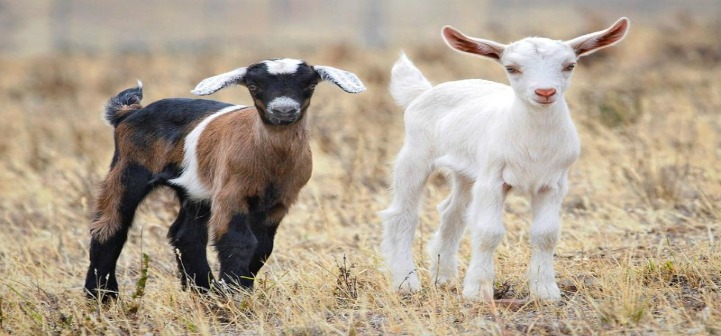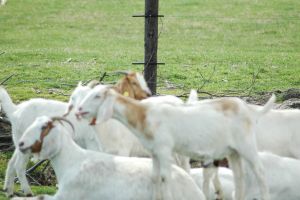
The male goat is called a “buck” or “billy.” If he is castrated, he is called a “wether.” Male goats up to 12 months of age are sometimes referred to as “bucklings.” Adult male goats can weigh anywhere between 100 to 350 pounds, depending on their breed, health and nutritional status. Although they can come into puberty and breed does as early at 4 months of age, waiting until a buck is a year of …






